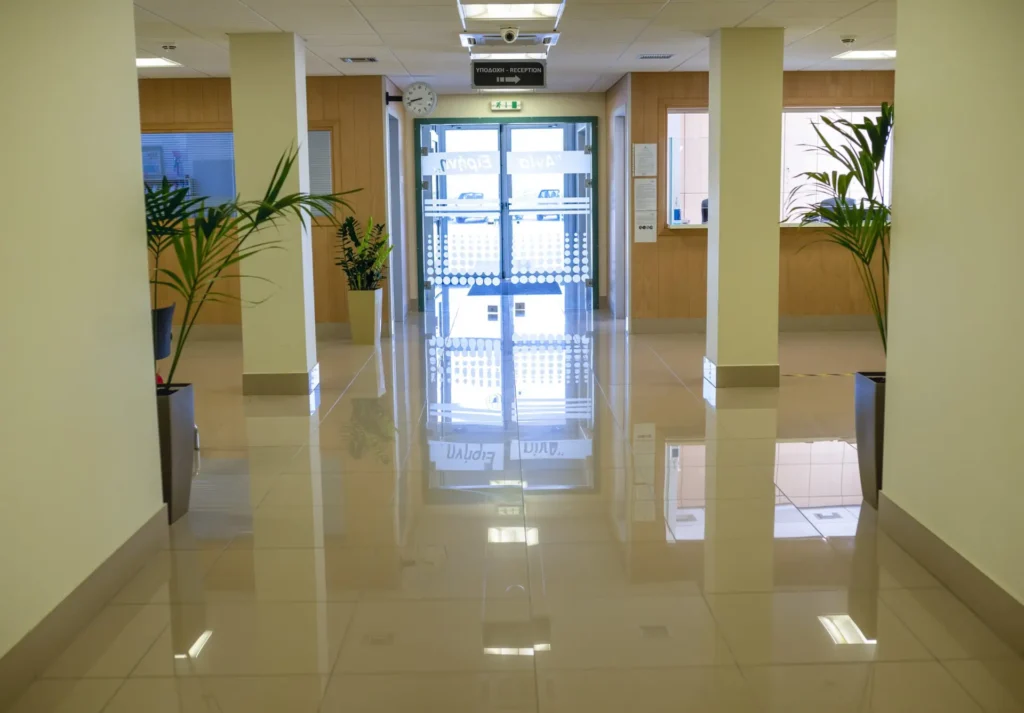According to the DSM Classification
The following anxiety disorders are identified:
Panic Disorder, Agoraphobia, Generalized Anxiety Disorder, Social Anxiety Disorder, Specific Phobia.
The following anxiety disorders are identified:
Panic Disorder, Agoraphobia, Generalized Anxiety Disorder, Social Anxiety Disorder, Specific Phobia.
Panic Disorder
Recurrent, unexpected panic attacks — sudden episodes of intense fear or discomfort that peak within minutes and include four or more of the following:
- Palpitations, pounding heart, or accelerated heart rate
- Sweating
- Trembling or shaking
- Shortness of breath or chest tightness
- Sensation of choking
- Chest pain or discomfort
- Nausea or abdominal distress
- Dizziness, light-headedness, or feeling faint
- Derealization (feelings of unreality) or depersonalization (feeling detached from oneself)
- Paresthesias (numbness or tingling)
- Chills or sudden hot flashes
- Fear of losing control or “going crazy”
- Fear of dying
Agoraphobia
Marked fear or anxiety about two or more of the following situations:
The individual fears or avoids these situations because escape might be difficult or help unavailable in the event of panic-like symptoms or other incapacitating events, or because of anticipated embarrassment.
These situations almost always provoke anxiety and are either actively avoided, require the presence of a companion, or are endured with intense fear or anxiety.
- Using public transportation
- Being in open spaces (e.g., markets, bridges, parking lots)
- Being in enclosed spaces (e.g., shops, theaters, cinemas)
- Standing in line or being in a crowd
- Being outside of the home alone
The individual fears or avoids these situations because escape might be difficult or help unavailable in the event of panic-like symptoms or other incapacitating events, or because of anticipated embarrassment.
These situations almost always provoke anxiety and are either actively avoided, require the presence of a companion, or are endured with intense fear or anxiety.
Generalized Anxiety Disorder (GAD)
Excessive anxiety and worry (apprehensive expectation) occurring more days than not for at least six months about a variety of events (e.g., work, school performance).
The individual finds it difficult to control the worry.
The anxiety and worry are associated with three or more of the following six symptoms (present more days than not for at least the past six months):
The anxiety, worry, or associated physical symptoms cause clinically significant distress or impairment in social, occupational, or other important areas of functioning.
The individual finds it difficult to control the worry.
The anxiety and worry are associated with three or more of the following six symptoms (present more days than not for at least the past six months):
- Feeling restless, keyed up, or on edge
- Being easily fatigued
- Difficulty concentrating or mind going blank
- Irritability
- Muscle tension
- Sleep disturbance (difficulty falling or staying asleep, or restless, unsatisfying sleep)
The anxiety, worry, or associated physical symptoms cause clinically significant distress or impairment in social, occupational, or other important areas of functioning.
Specific Phobia
- Marked fear or anxiety about a specific object or situation (e.g., flying, heights, animals, injections, sight of blood).
- Categories: Animal type (spiders, dogs, insects), Natural environment (heights, storms, water), Blood–Injection–Injury type (needles, medical procedures), Situational type (airplanes, elevators, enclosed spaces).
- Exposure to the phobic object or situation almost invariably provokes immediate fear or anxiety.
- The phobic situation/object is actively avoided or endured with intense fear or anxiety.
- The fear or anxiety is disproportionate to the actual danger posed and to the sociocultural context.
- The fear, anxiety, or avoidance is persistent, typically lasting 6 months or more.
These reactions cause significant distress or impairment in social, occupational, or other important areas of functioning.
Social Anxiety Disorder (Social Phobia)
- Marked fear or anxiety about one or more social situations in which the individual is exposed to possible scrutiny by others (e.g., social interactions, being observed while eating or drinking, performing in front of others).
- The individual fears that they will act in a way or show anxiety symptoms that will be negatively evaluated.
- Social situations almost always provoke fear or anxiety.
- The social situations are avoided or endured with intense fear or anxiety.
- The fear or anxiety is out of proportion to the actual threat posed by the situation and to the sociocultural context.
- The fear, anxiety, or avoidance is persistent, typically lasting 6 months or more.
- The fear, anxiety, or avoidance causes clinically significant distress or impairment in social, occupational, or other important areas of functioning.
Obsessive–Compulsive Disorder (OCD)
- Obsessions: persistent and recurrent thoughts, urges, or images experienced as intrusive and unwanted, causing marked anxiety or distress.
- Compulsions: repetitive behaviors (e.g., checking, ordering, cleaning) or mental acts (e.g., counting) that the individual feels driven to perform in response to an obsession or according to rigidly applied rules.
Common themes of obsessions and compulsions include orderliness, symmetry, cleanliness, checking, counting, and hoarding.


Treatment Approach
Management of anxiety disorders combines:
Pharmacotherapy: as indicated, often in combination with psychotherapy for optimal results
- Psychotherapy: with Cognitive Behavioral Therapy (CBT) being the most effective evidence-based approach
Pharmacotherapy: as indicated, often in combination with psychotherapy for optimal results
